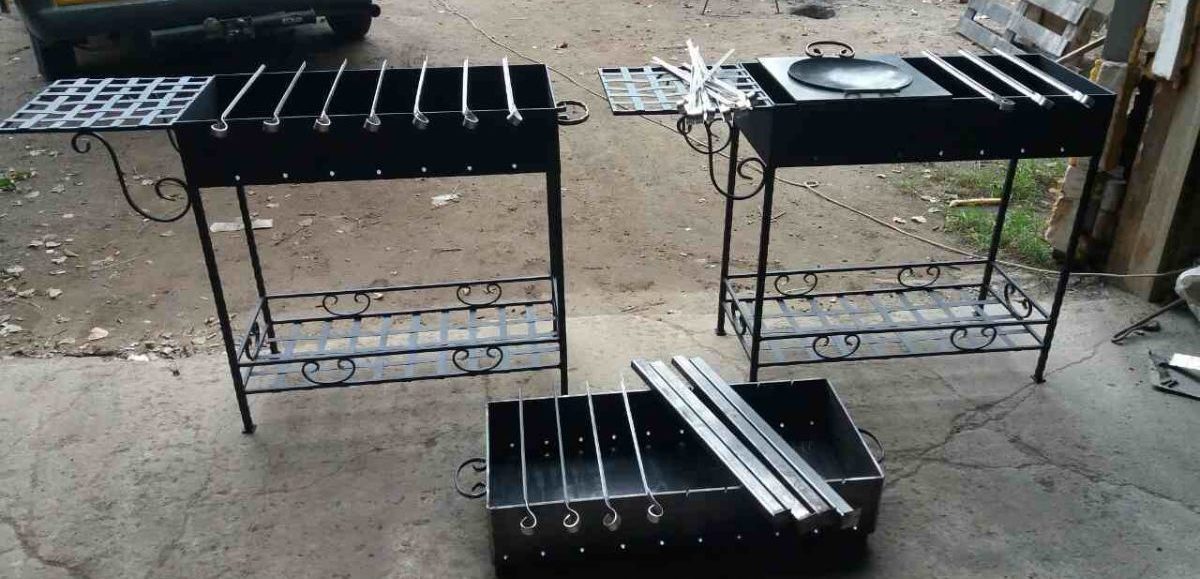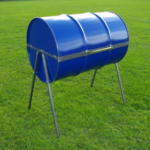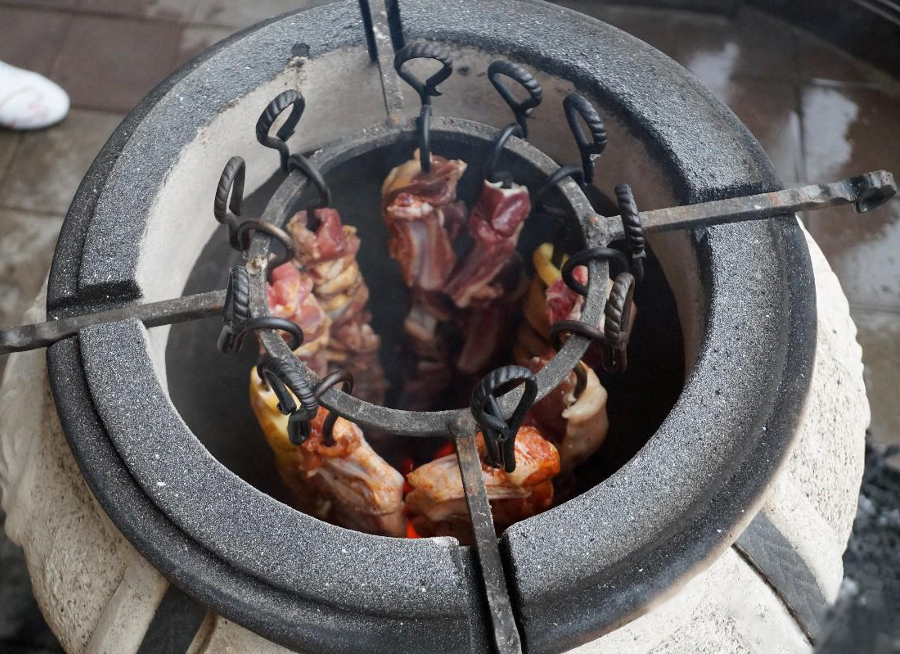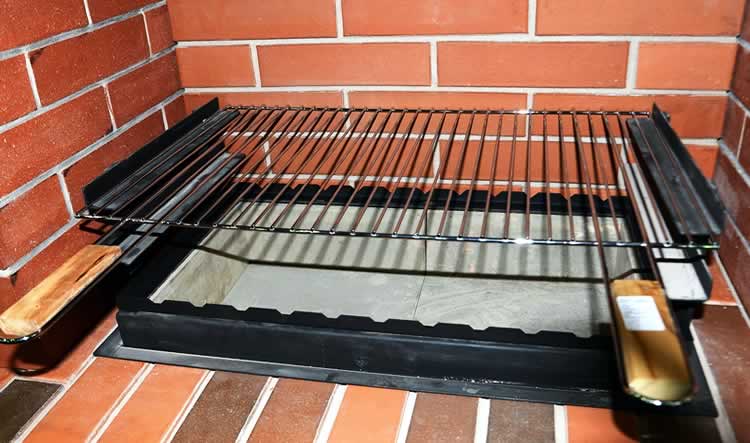What does an ideal barbecue look like?
What is it like, an ideal grill that holds the heat and does not irritate the fire, and does not dry out the meat, but cooks properly? No matter how strange it may seem, such a miracle can be described using ordinary mathematics.
The content of the article
Ideal depth

Agree, it’s hard to call high fuel consumption and constant vigil near the heat pleasant, which either strives to cool down or scorches the juicy meat with tongues of flame. And the main reason for such capricious behavior of coals is the excessive depth of the grill.
If it is too deep, you will have to compensate for this with a large amount of fuel and waving plywood (or a blower - so that it burns and does not go out). Well, if it’s too small, then it’s inconvenient. Yes, and the meat can burn due to its proximity to the heat, which constantly strives to “lick” the meat with a tongue of flame.
The optimal depth of the grill is 15 cm. It is this height of the sides that guarantees a normal flow of air, which is enough to maintain the combustion of coals, but not enough for the constant appearance of a flame.
Distance between skewers
If the width of the grill is a question the answer to which depends on the length of the skewers, then the length primarily depends on their number. It should be taken into account that the optimal distance between them is 7 cm.
Experts recommend: the width of an ideal barbecue is approximately 35 cm, the length is about 60 cm. Deviations are acceptable, but undesirable.
Shape Features

In order to save fuel, but at the same time to ensure that the grill maintains the temperature well, it is recommended to give preference to models in which the roasting pan tapers towards the bottom. This shape looks unusual, but it allows you to significantly reduce coal consumption, while ensuring good roasting of the kebab along the entire length of the skewer.
The second point regarding the form is that you should abandon all kinds of “improvements” of the design that has been proven over the years. The brazier should have blank walls, without any holes for air flow to the coals. The last option is a kind of vent with a damper that closes tightly as soon as the meat begins to cook.
If you do not heed this advice, you will have to forget about carefree grilling of kebabs: the air penetrating through the “ventilation” holes will fan the coals, provoking the appearance of a flame.
Material
If you plan to buy a barbecue, then you should not focus your attention on multifunctional “tins” with walls 1–2 mm thick. They don’t hold the temperature well and burn out quickly, turning into useless trash after just one or two seasons (if the kebab is cooked more often than once a year).
And here 3–4 mm of steel, although it adds weight to the structure, turns it into an ideal grill. This one won’t burn out and will keep the temperature.
For those who are thinking about building a barbecue on their site, there is also good news: metal is not required. It can easily be replaced by refractory bricks, which do not even have to be placed on the mortar.

The simplest design involves the following installation scheme:
- bottom - flat brick;
- the first row of walls is flat brick;
- the second row of walls is brick on edge.
In this case, the depth of the grill will be approximately 18 cm, which almost coincides with the ideal. And during operation, this design pleasantly pleases with the ease of “repair”: burnt bricks from the walls are simply placed on the bottom, and the reserve from the bottom rises into the walls.
A few words about transformers
Folding or removable grilles are a useful and convenient addition. But as for collapsible structures, it is recommended to purchase such a product only in one case - if the fryer is made of steel of the appropriate thickness.
It is recommended to choose transformers that are folded by inserting some parts into others. Numerous hinges and hinges do not add durability to the product.
Otherwise, it is better to buy a normal grill for the cost of a transformer - a standard rectangular brazier with legs. It will take up a lot of space and is not particularly mobile, but it is a completely adequate alternative to constantly being on duty next to a thin-walled suitcase.
The ideal depth of the firebox is 13 cm, the vent is 5 cm. Believe me, it’s been tested! Width and length are not important, it depends on who you are making it for.






The ideal grill is made with a firebox.